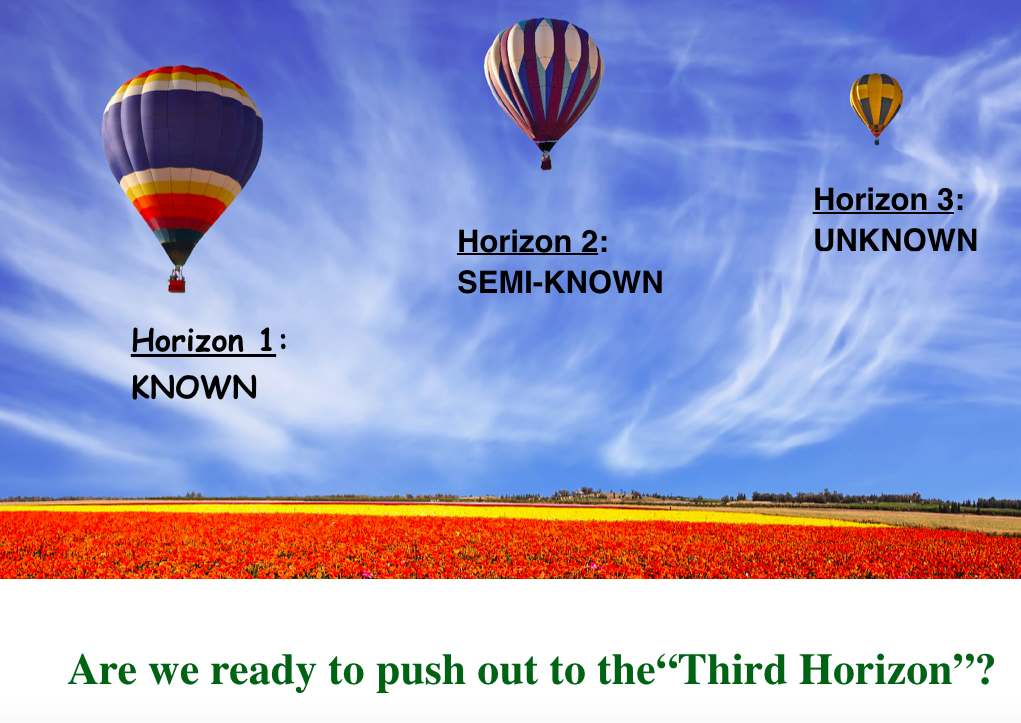Could your faculty (with maybe a bit of input from students) prototype an experiential learning unit in 14 minutes that meets the following specs?:
- Student ownership of the project
- Multidisciplinary content
- Observation
- Reflection
- Synthesis
- Action that impacts others
- Outside the classroom but within walking distance
That is one of the fast activities we ran through yesterday at the ISEEN conference of experiential educators hosted at Philipps Andover. (A video was being shot of this session; will post links to it when I can.) With just 14 minutes, a few post it notes, some flip chart paper and a marker pen, we heard ideas about:
- Dumpster-diving to find, retrieve, and build with thrown away materials, incorporating art, economics, maker-ing and social issues.
- Observing Ferguson-based protests at a nearby college campus; 6th graders bringing those back and reflection-teaching to 2nd graders.
- Studies and publication of water usage on and near campus.
- Facilities mapping and contributions to master planning, folding together science, math, self-reflection on education, and economics.
- Interviewing people around campus; building an empathetic inventory of the school community.
…and about a dozen more. I have done similar mini-projects with elementary, middle, and high school students in 30-45 minutes with a prompt to “walk around your school, observe how learning takes place, and prototype an idea to pitch to the board about how learning can be more relevant to your lives and interests”. Every time we find ideas very WORTHY of a pitch to the board.
Connecting with our community does not have to be time-consuming or expensive. It just involves a very simple question: “How might we break down the artificial boundary/silos that we have constructed in time, space, and subject area that form the quantum cage of thinking and learning that we call ‘school’?”





Leave A Comment